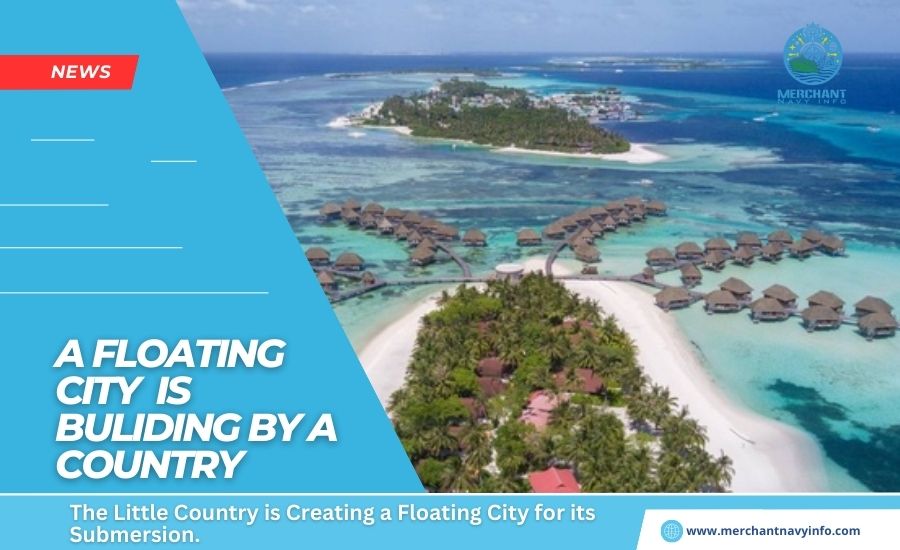
The Maldives is likely to be affected by rising sea levels over the next 25 years. The country is currently planning to build a floating city. A beautiful country in the middle of the ocean is building a floating city. In case the islands disappear under the sea. The Maldives, made up of 1,192 islands in the Indian Ocean. Could become uninhabitable for its 520,000 inhabitants within 25 years due to global warming. Currently, over 80% of the country lies less than 1 meter above sea level. And all drinking water sources are contaminated by seawater intrusion, forcing islands to build expensive desalination plants. In 2008, former President Mohamed Nasheed warned that they could become the first climate refugees. And that the country needed to “look for alternative places to live” for the Maldives.
Beautiful little country is building a floating city in case it becomes submerged in water. The Maldives could be affected by sea level rise over the next 25 years. The country is currently planning to build a floating city. Maldives will disappear into the sea by 2100 . A beautiful country in the middle of the ocean. Build a floating city in case your island disappears underwater.
The Maldives
The Maldives, a group of 1,192 islands in the Indian Ocean, could become uninhabitable for its 520,000 inhabitants within 25 years due to global warming. Currently, more than 80% of the country is less than 1 meter above sea level, all drinking water sources are contaminated by seawater intrusion and expensive island We are forced to build desalination facilities.
In 2008, former President Mohamed Nasheed warned that they could become the first climate refugees and that the country needed to “look for alternative places to live” for the Maldives. Maldives chooses rebellion to resist water. President Mohamed Muiz wants the country to become “self-sufficient” and protect itself rather than rely on other countries. The Maldives floating city is under development. His 500-hectare project near the capital, Male, will provide 5,000 homes for 20,000 people. There will be a water playground, school, and restaurant built like Lego.
Dutch Architect
The brain behind the development is Koen Ortius, a Dutch architect known for his water-based structures. He said: “All buildings and individual parts stand on floating platforms connected to each other. At the connection points, there are small parks and squares. “For safety, the whole city is attached to the ocean floor with telescoping poles that allow it to rise and fall up to 8 feet with the tide.” Consists of a canal and sandy path, with future plans for car-free access. Only bicycles and scooters are allowed. Tourists who want to buy a house can also apply for a Maldives residence permit. They also plan to build a large fortress-like wall made of concrete and rubble to prevent rising water levels.
This worked well in the capital, Male, during the 2004 tsunami, when water reached half a meter below the top of the wall. The Maldives’ problems are partly self-inflicted, as the country relies on tourism, and most visitors arrive on long-haul flights. For this reason, hotels on the island are also building solar panels to reduce fuel consumption and CO2 emissions, using heat from generators to produce hot water for local residents, and increasing the amount of water grown on the island. We are playing our part in sustainability by reducing food miles by using farm produce that has been harvested.









